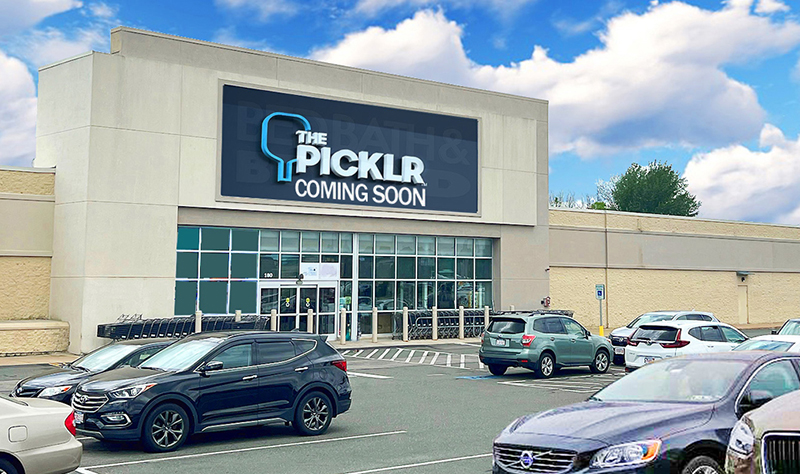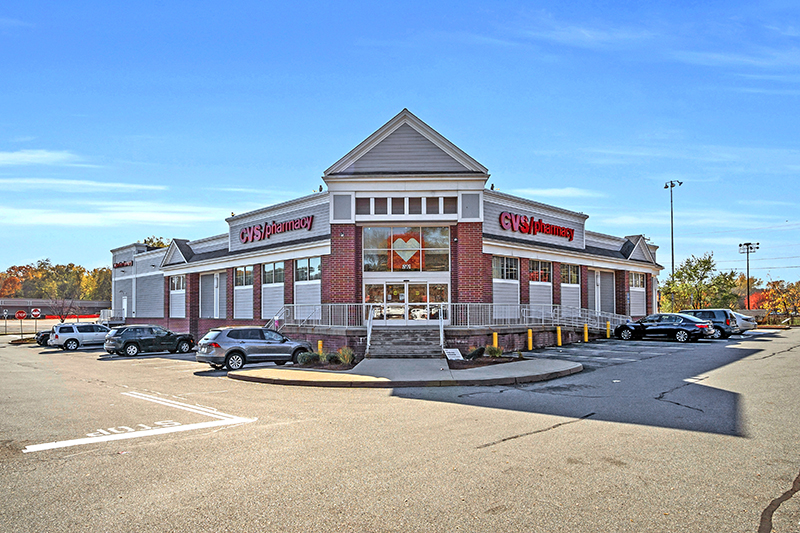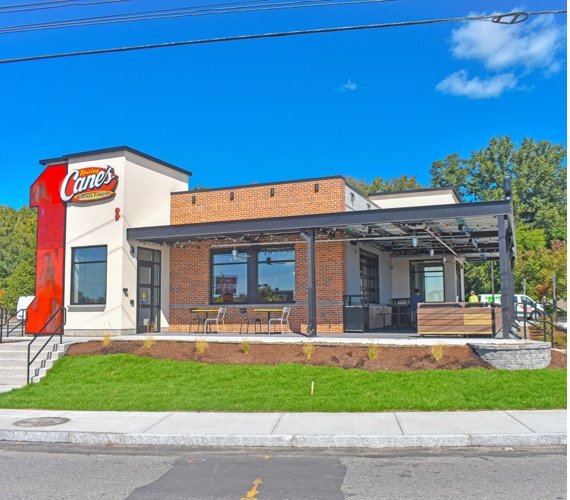Five trends that will shape retail real estate in 2018 - by John Sokul Jr.

It’s never too early to plan ahead. Now that we are in the fourth quarter of 2017, real estate professionals must turn their attention to the trends that will shape the industry next year. While the transformative impact that e-commerce and technology continue to have on the retail industry cannot be overstated, there are several other factors contributing to the widespread store closures and bankruptcies that have made headlines this year.
At The Counselors of Real Estate’s recent annual convention, industry leaders gathered to discuss the evolving retail real estate landscape. Here are five key trends we observed:
1. Demographics are changing. The Baby Boomer generation is now smaller than the Millennial generation. Many of today’s decisions in real estate and consumer spending are made by people under the age of 40. Although Millennials are known for gravitating towards experiences, such as travel and entertainment, Baby Boomers are increasingly living a similar lifestyle. Many Baby Boomers are retiring, selling their homes, and leaving the suburbs in favor of city living. The retail industry must adapt to the changing preferences for products, services, and experiences of both generations.
2. Wages are stagnant and consumer debt is rising. The majority of consumers simply have less disposable income to spend in stores. Once-popular “big box” retailers and department stores have reported lower market share, declining sales, and store closures, as some have failed to offer the combination of service and price that shoppers demand. Nimble, low-cost retailers such as the TJX Companies, on the other hand, are gaining market share. In addition, second-hand and used items are rising in popularity among budget-conscious consumers and Millennials.
3. American retail space per person is high. In the U.S., we have about 25 s/f of retail space per person. Compare that to 15 s/f per person in Canada, 11 s/f in Australia, and 9 s/f in Europe. Keep in mind that retail transformation is more pronounced in the U.S. than elsewhere in the world. In Europe, for example, vacancies are very low (i.e. 1-2 percent), but rents are not rising. At a time when many consumers browse online and enter stores knowing exactly what they want and what they are willing to spend, American retailers must consider downsizing and otherwise leveraging this trend.
4. Retail uses are becoming more experiential. The industry is evolving from offering products and services to providing experiences. Currently, the top new uses for re-tenanting retail spaces are replacement department stores and family clothing stores. This statistic is about to radically change with more and more landlords looking to replace traditional retail space with uses such as restaurants, theaters, supermarkets, fitness and recreation (including amusement parks, ice rinks, water parks, etc.), office space, hotels, and restaurant/entertainment hybrids such as Dave and Buster’s. Mixed-use developments offering a “live, work, play” environment will continue to be in high demand.
5. Leases are evolving and retailers have the upper hand. In this era of retail disruption, the ten-year lease is dead. As brick-and-mortar revenues stagnate, costs will increase and need for space will decrease, leaving retailers searching for ways to reduce their rent and shed space. Except for those in the very best locations, mall owners are seeing a severe correction in retail rents, which are declining by as much as 20-30 percent. With many landlords struggling to fill vacant space, retailers are in the driver’s seat with respect to lease negotiations.
Of course, these are not the only trends that are likely to shape the future. The Counselors of Real Estate has issued its own list of the top ten issues affecting real estate, which is an excellent resource for industry professionals. At the end of the day, the next steps are simple: successful retailers must realize that e-commerce is not just a challenge, but an opportunity to differentiate and evolve. As one speaker at the annual convention explained, “Commercial real estate is undergoing transformative change. We have two choices. Make progress or make excuses. Choose wisely.”
John Sokul Jr. is a partner in Hinckley Allen’s real estate practice, Boston, Mass.
Mace of KeyPoint Partners negotiates 36,192 s/f lease for The Picklr at Endicott Square
Danvers, MA KeyPoint Partners (KPP) negotiated a lease with the nation’s premier indoor pickleball venue The Picklr at Endicott Sq. Vice president of retail brokerage Don Mace negotiated the transaction on behalf of the landlord.




.jpg)



